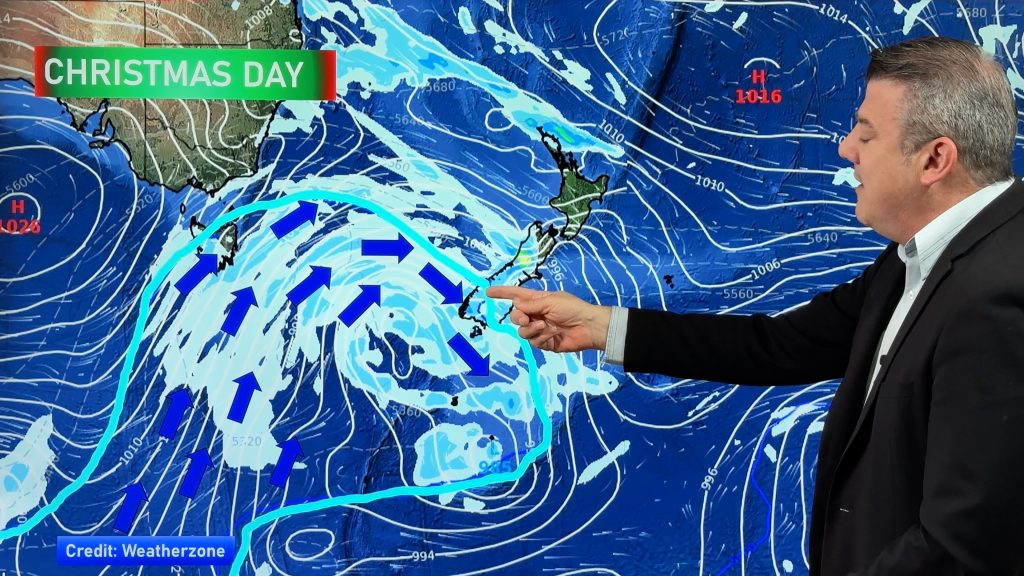
> From the WeatherWatch archives
WeatherWatch.co.nz looks into OSH guidelines on how hot and cold weather can affect your job.
Many of us have certainly complained about it – “It’s too hot to work” or “It’s illegal to keep us here if the temperature rises above or below…”.
Well it turns out that there is no maximum and minimum temperature to work in – at least not under the law.
There is also no particular temperature in which work should stop, says the Department of Labour.
Their website says many factors determine how hot we feel and that it would be misleading to give maximum or minimum temperatures based on air temperature alone.
The factors that affect how hot we feel include (taken from the Department of Labour website)
- Air temperature
- Humidity
- Exposure to sun or other heat sources
- The speed of air movement
- The clothing being worn (i.e. protective clothing)
- How physically demanding the work is
- The degree of worker acclimatisation
- The frequency and length of rest breaks
“Some of these factors can cause discomfort. Discomfort affects employee morale and productivity so employers should try and minimise those factors” says the Department.
“However, in other situations, exposure to an excessive heat load can lead to heat stress and heat exhaustion, fainting or fatal heat stroke. As such, employers and employees need to take all practicable steps to prevent these situations from occurring”.
So basically it “boils” down to common sense. If you’re an employer and your staff are too hot in summer, you might find an investment in an Air Conditioning unit may pay off in the long run with increased productivity. In winter, better heating or warmer work clothes might help too.
Clearly the balance will be between productivity and the cost of keeping your staff in a more temperate climate.
If you’re an employee or employer it would pay to read the online OSH booklet on the guidelines around temperatures in the workplace…so you don’t lose your cool as we head into the hottest month of the year, February.
Homepage image: The army work in bitterly cold conditions to free trapped motorists on the Central Plateau in winter 2009 / Defense Force
Comments
Before you add a new comment, take note this story was published on 25 Jan 2011.




Add new comment